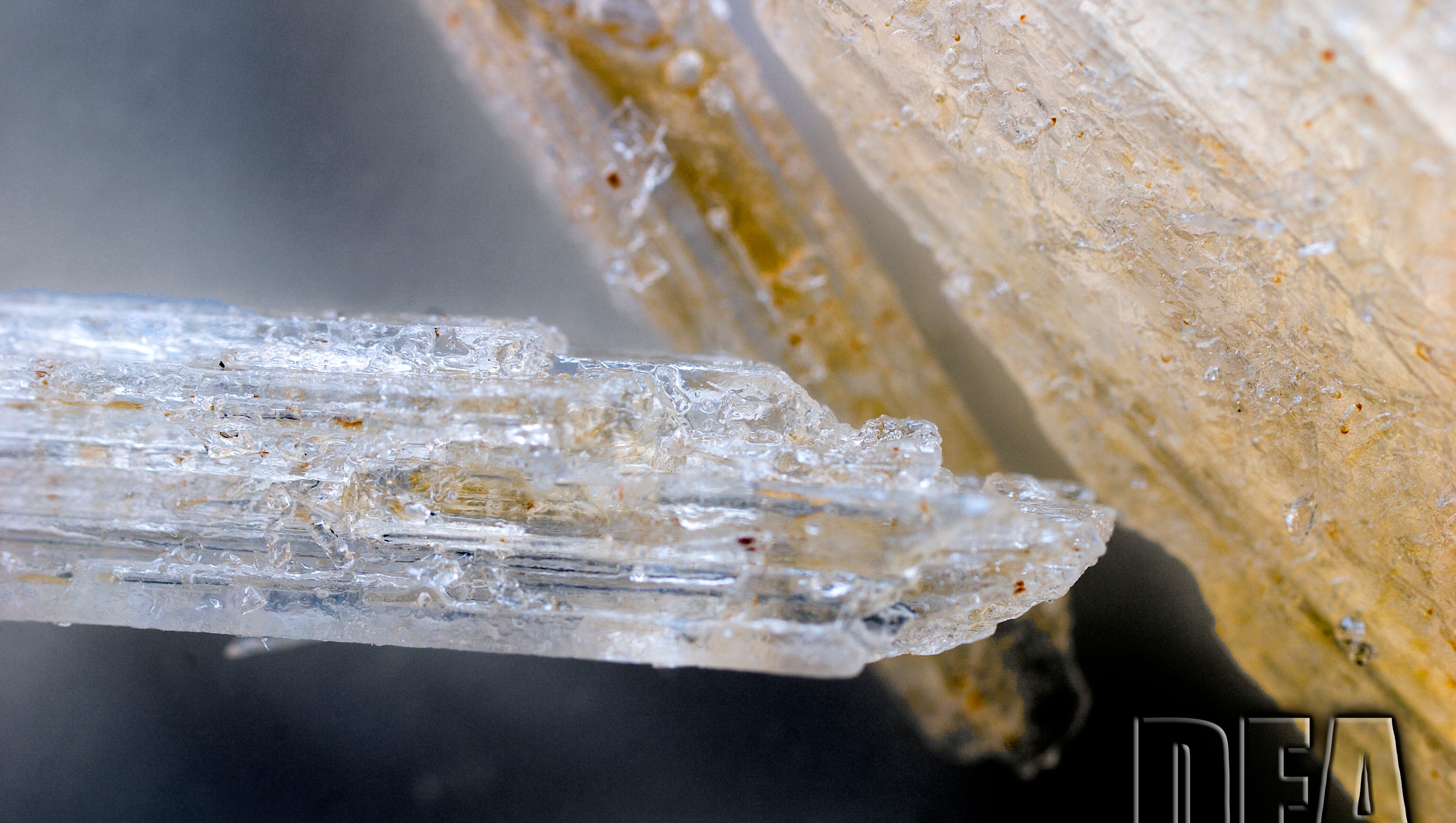

Three signs/symptoms must be present to diagnose this condition: In the early stages some affected people may complain of a feeling of tightness around the teeth. The informal name trench mouth arose during World War I as many soldiers developed the disease, probably because of the poor conditions and extreme psychological stress. Although the condition has a rapid onset and is debilitating, it usually resolves quickly and does no serious harm. Treatment of NG is by removal of dead gum tissue and antibiotics (usually metronidazole) in the acute phase, and improving oral hygiene to prevent recurrence. When the attachments of the teeth to the bone are involved, the term NP is used. Predisposing factors include poor oral hygiene, smoking, poor nutrition, psychological stress, and a weakened immune system. The causative organisms are mostly anaerobic bacteria, particularly Fusobacteriota and spirochete species. If NG is improperly treated or neglected, it may become chronic and/or recurrent. The often severe gum pain that characterizes NG distinguishes it from the more common gingivitis or chronic periodontitis which is rarely painful. This disease, along with necrotizing periodontitis (NP) and necrotizing stomatitis, is classified as a necrotizing periodontal disease, one of the three general types of gum disease caused by inflammation of the gums (periodontitis). The main features are painful, bleeding gums, and ulceration of inter-dental papillae (the sections of gum between adjacent teeth). Necrotizing gingivitis ( NG) is a common, non-contagious infection of the gums with sudden onset. Herpetic gingivostomatitis, mucous membrane pemphigoid, pemphigus vulgaris, toothbrush abrasion

HIV/ AIDS, malnutrition, psychological stress, sleep deprivation, inadequate oral hygiene, pre-existing gingivitis, history of necrotizing periodontal disease, tobacco and alcohol use, youth, white ethnicity, orthodonticsīased on clinical findings ( necrosis, ulcer of interdental papilla gingival bleeding, pain, pseudomembrane formation, halitosis)

A fairly mild presentation of necrotizing gingivitis at the typical site on the gums of the anterior mandibular teeth.īacterial infection by Prevotella intermedia, Treponema, Selenomonas, Fusobacterium spp, Spirochetes and compromised host immune response


 0 kommentar(er)
0 kommentar(er)
